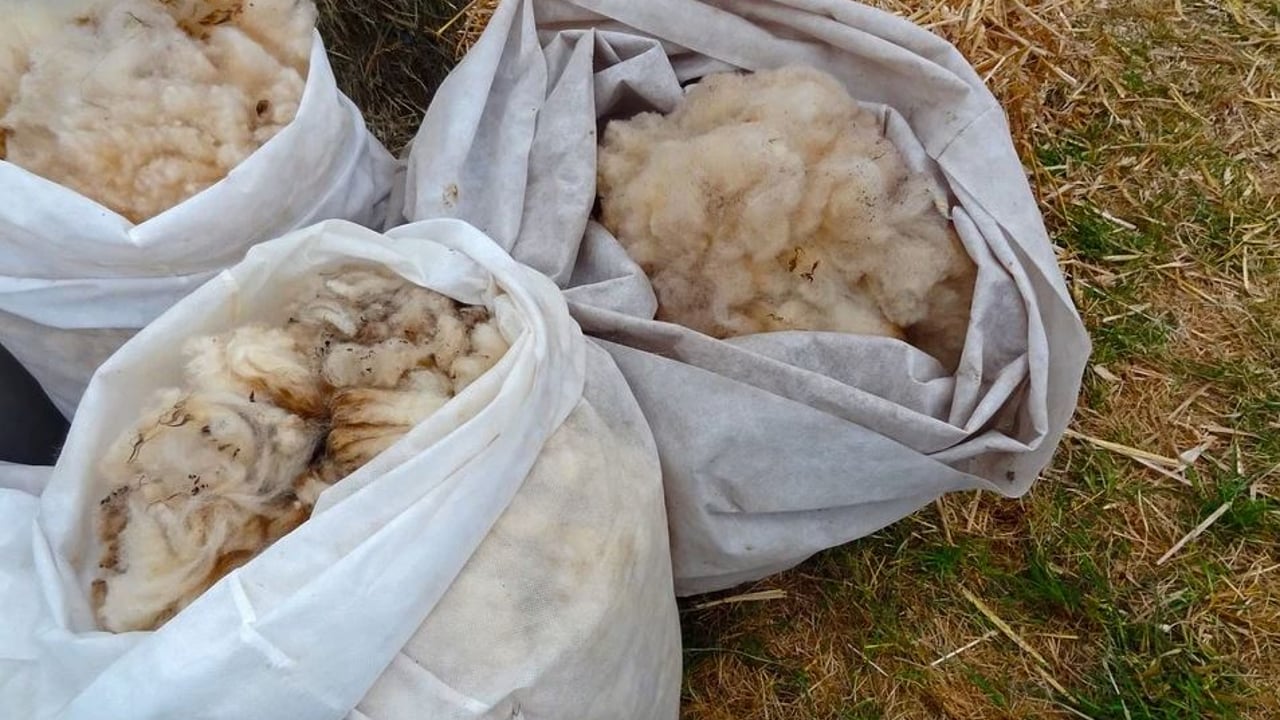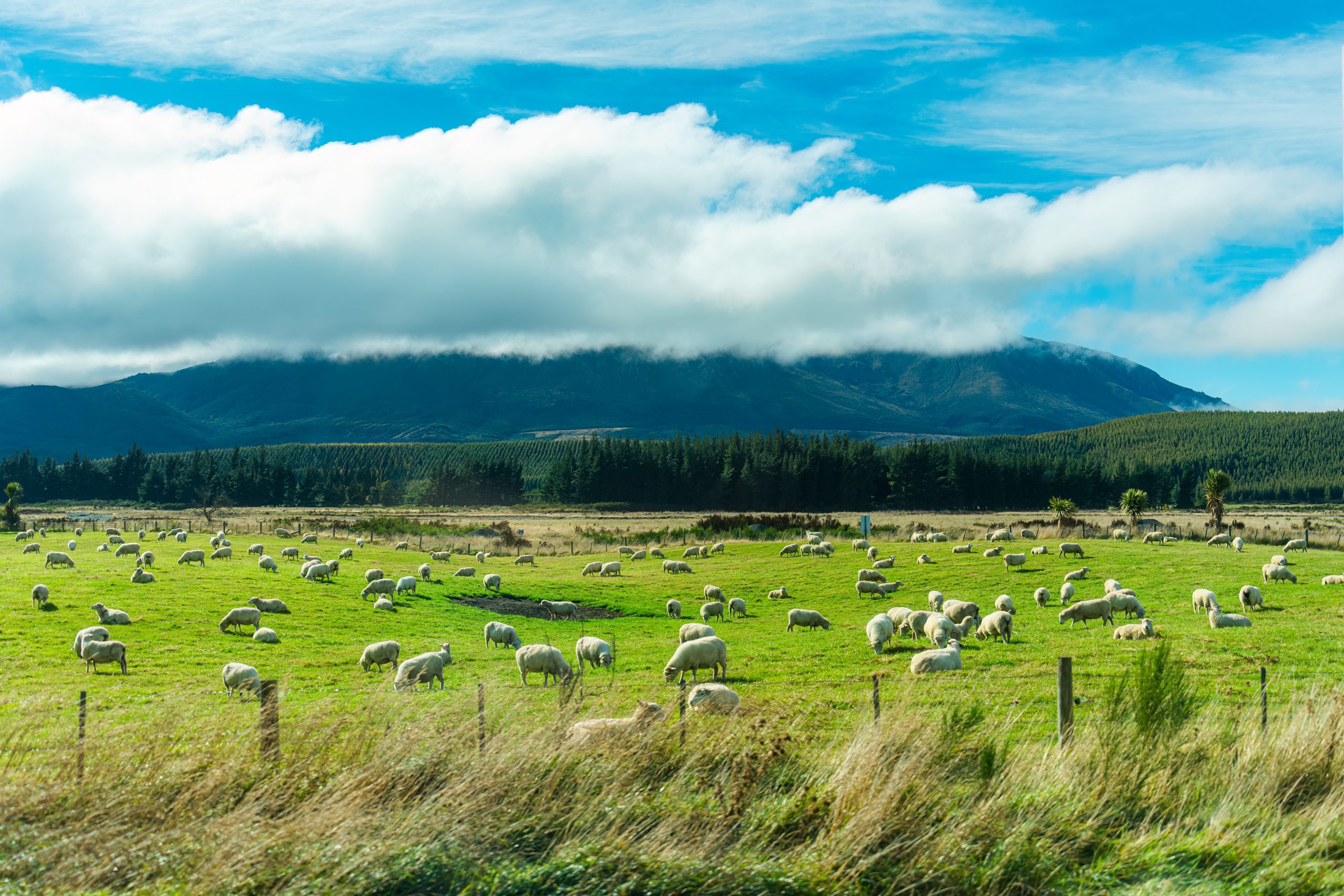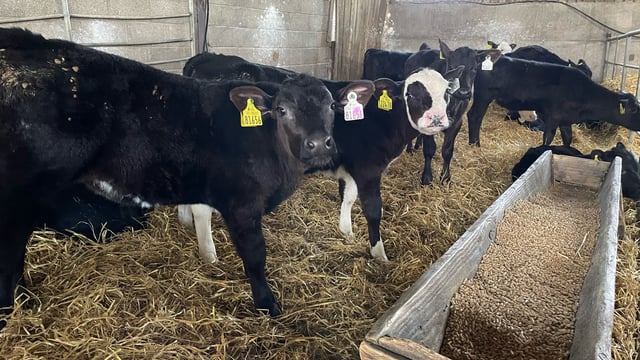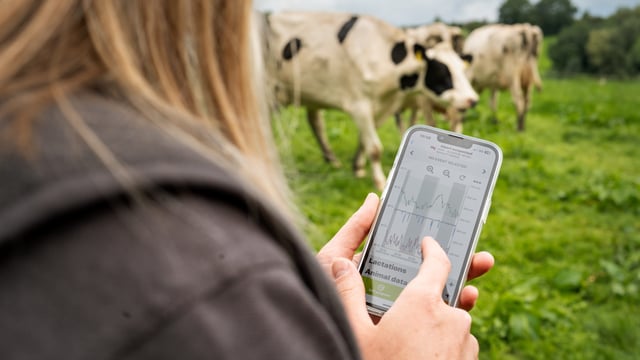New rules to increase use of wool in New Zealand govt buildings
Sheep farmers in New Zealand are welcoming a government decision to use wool in the construction or refurbishment of government buildings.
Economic Growth Minister Nicola Willis and Associate Agriculture Minister Mark Patterson said that the government is backing the country's sheep farmers and the wool industry with a change to government procurement rules.
From July 1, government agencies will be directed to use woollen fibre products in the construction and refurbishment of government buildings, where it is deemed to be practical and appropriate.
The new procurement requirements will apply to the construction of government owned buildings that cost NZ$9 million and more, and to refurbishments of NZ$100,000 and more.
The requirement will apply to about 130 agencies.
New Zealand
Minister Willis said that the move "delivers on a New Zealand First and National Party coalition agreement to preference the use of woollen fibres in government buildings".
“We’re showing our commitment to woollen fibres by leveraging government spending, to provide more targeted opportunities for wool producers. This will help to increase jobs, employment, and drive economic growth.
“The new requirement will encourage innovation in the building materials industry which will lead to more investment and new markets opening up.
"Woollen fibres have a wide range of uses in buildings including carpet, upholstery, insulation, and acoustic panels.
“There are also sustainability and health benefits to using wool. Wool’s natural qualities allow it to dampen sound and absorb pollutants, and woollen fibres contribute to healthier indoor environments by naturally regulating humidity and improving air quality," she said.
The wool sector contributed $549 million to the New Zealand economy in the financial year ending 2024 from exporting processed and unprocessed wool products.
Associate Agriculture Minister Mark Patterson said that "wool has been synonymous with New Zealand since the early settlers bought sheep here 200 years ago".
New Zealand remains the world’s third largest wool producer, after China and Australia and accounts for about 9% of total world wool production.
“Our wool industry has recently been through a tough time with competition from synthetic fibres in global markets and a decline in both sheep numbers and the volume of wool produced.
"The sector is turning the tide with wool prices now covering the shearing costs, but we know there is more to be done.
“There’s a real swing back to natural fibres with consumer interests moving back to renewable fibres such as wool," he said.
Wool
Beef and Lamb New Zealand (B+LNZ) has welcomed the government’s decision to encourage the use of wool in public buildings.
“This is great news for our sheep farmers, the many thousands of people who work in the wool industry from shearers to wool processors, and rural communities across the country,” Kate Acland, chair of B+LNZ, said.
“Creating demand for New Zealand wool supports farming families, strengthens rural economies, and helps build resilience across the sector. It’s also a reminder to global markets that New Zealand farmers are at the forefront of producing sustainable, high-quality wool.
“This decision will help reinvigorate the wool industry, which will benefit not just rural communities, but the New Zealand economy.
“Wool in public buildings will showcase to New Zealanders the many benefits of this natural high-performing fibre over synthetic alternatives. Wool is sustainable, renewable, biodegradable, warm and comfortable," she added.






